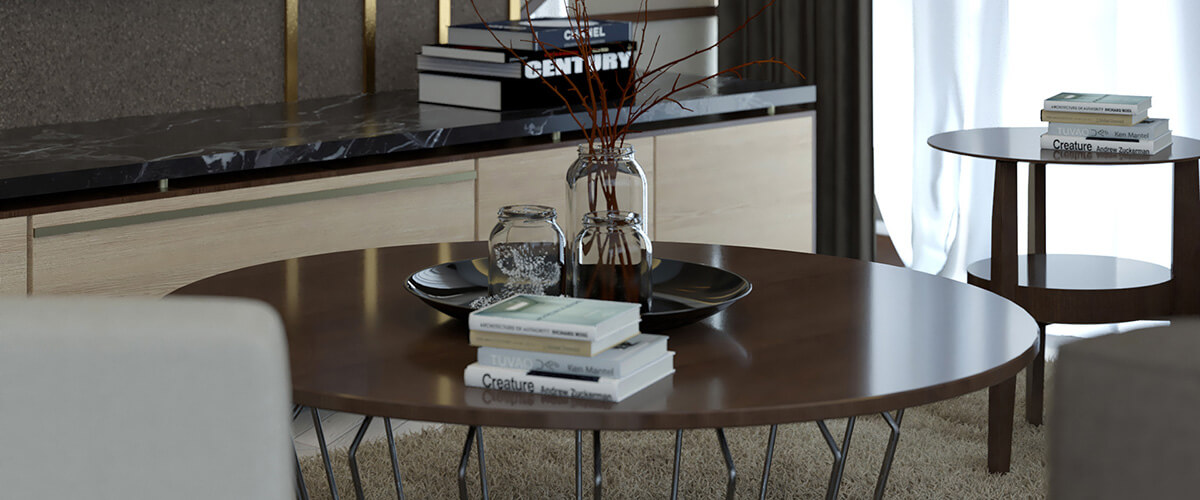May 22, 2023

CHAPTER 01 - MODEL
Hello everyone, in this article, I will talk about what should be at the core of a good render. Our first topic is the model. Firstly, 3D models are composed of polygons and they come together to form surfaces. These surfaces can be flat or amorphous in shape. Understanding the rules of these combinations will result in a solid model. When doing our work, we often need to use pre-made models, and these models can sometimes disrupt the arrangement of our scene or Sketchup viewport. Even if our graphics card is up-to-date and powerful, Sketchup may not be able to handle certain excessive or faulty polygons. You've probably experienced this before. You place an object in the scene, and suddenly there are lags. Sound familiar, right? Then, due to these issues in Sketchup, frustration towards the software begins. First and foremost, you need to accept that Sketchup's viewport is not as powerful as other 3D software. For example, importing a 50MB 3ds format object into 3ds Max or Cinema 4D will load quickly, but it will be slower in Sketchup. To overcome these issues, it's important not to skip basic modeling training. Because you may need to repair a faulty object in the future. If you're going to use pre-made models, there's the 3D Warehouse, as you know, Sketchup's massive library. However, based on my experiences, I have to say that half of this place is a 3D junkyard. They may look amazing on the site, but when you bring them into the scene, it becomes clear that they are amateur work. Interestingly, not all the objects you see on this site are drawn with Sketchup. There are also 3ds Max-originated objects added to a user's library through the export method. I've even seen SolidWorks, and it had some bad polygons. Recently, a filtering method has been introduced on the site to help us find the correct models. This way, you can quickly filter out low-poly objects and find what you need. However, if you add them to your scene right away, you're making a mistake. Personally, I open a second Sketchup file and import them there to examine them. Because Sketchup has a group/component logic, and if an object is a whole, meaning it's not exploded, it's faulty within its group and should not be added to the scene. Especially with items like chairs, tables, and sofas... You need to examine and fix them in your empty scene. If you select all parts of an object by triple-clicking it, then it becomes difficult. However, using some selection methods, you can separate the legs of a chair from the seat and group them, for example. Sometimes luck is on our side, and if you triple-click one object, it will be selected without sticking to others. Immediately turn it into a group/component. And of course, the materials that come with it. I delete all of them. Because these materials can cause issues, especially in Vray. There might be materials left from version 2.0 or older like 1.49. After fixing the surfaces, I assign my own materials and add the objects to my main scene, and this process continues until the rendering stage. There are also models available on the manufacturer's website. You can usually import them into Sketchup in AutoCAD 3D format. However, some models, designed specifically for production, may have excessive polygons. You may need to reduce polygons when importing them into Sketchup. Some of these software options are Transmutr and Universal Importer. Transmutr is a paid plugin, while you can try the other one for free. As I mentioned, edit these on an empty page and make sure to save a backup of your main scene. If the object is not available in the warehouse or on the manufacturer's website, it means you have to model the object yourself. Therefore, never avoid basic modeling, as you will ultimately be the winner. That's all I have to say about modeling for now. I will continue with materials in my next article. I hope this has been enlightening. Goodbye for now.
